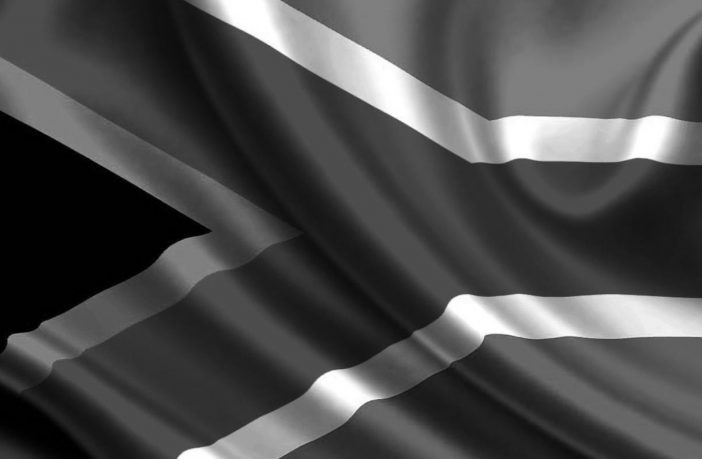- Government needs to insist on more local content in the energy supply chain to ensure energy security for South Africa.
- This is the call by energy players who anticipate a changed global economic reality post-COVID-19.
GRI Towers South Africa, South Africa’s operational producer of wind towers, says that government has achieved positive momentum in the past few months by taking decisive steps towards implementing a new independent energy procurement round and that this is a good sign for foreign companies that have invested in South Africa’s renewable energy sector.
According to Daniel Erasun, the plant manager at the company, “GRI is foreign direct investment in action. GRI Renewable Industries, based in Spain, has 16 wind energy industrial component manufacturing facilities in eight countries. Our operation in Atlantis in the Western Cape, opened its wind tower manufacturing plant in 2014, creating over 300 jobs and developing key skills in the process.
“The plant has the capacity to manufacture over 150 wind towers per year – this is the equivalent of supplying 400MW in new-build wind farms per annum. However, until the Renewable Energy Independent Power Producer Procurement (REIPPP) round 5 procurement is implemented, wind projects cannot move forward, and it is becoming increasingly difficult to motivate our international shareholders to wait it out.”
Ramping up local production
JSE-listed energy investment company Hulisani Limited (HUL) holds equity investments in diverse but related renewable energy businesses.
Marubini Raphulu, the company’s CEO, believes that the global economic fallout of COVID-19 exposes the need for South Africa to diversify its supply chain by procuring a greater percentage of inputs locally.
“It would be a travesty if local wind farms import components and towers from other countries when they are available here. Local content requirements should be increased and must be consistently applied in the rush to add energy to the grid. Industry is ready to partner with government to speed things up and ramp up local production,” he says.
South Africa’s blueprint of government plans for energy, the Integrated Resource Plan (IRP), requires the country to build 25,000–30,000MW of power by 2030, of which wind is set to contribute 18%.
After a nearly three-year hiatus in the programme, in April 2018, Eskom entered into power purchase agreements for 27 large-scale renewable energy projects procured in round 4 of REIPPP. The IRP was released in 2019 and is awaiting processing by the regulator, NERSA, before generation capacity can be procured.

NERSA has released consultation papers for both the supply of emergency power and short to medium-term energy supply, which should see the process finalised by the end of the year. Meanwhile, the minister of energy has made a Section 34 determination, which allows for energy generation. All that remains is to set in motion the procurement for REIPPP round 5.
“Buying in local currency also brings greater price stability, whereas USD and Euro-based procurement is now subject to extreme currency fluctuations. In addition, the ability to deliver components has been severely constrained due to interrupted supply chains. It makes sense to use existing resources in the country and it will have the added benefit of boosting job creation and skills development,” says Raphulu. Hulisani’s investments include solar farms, peaking plants, hybrid captive power plants, wind farms, wind tower production and property lease cash flow management.
Author: GBA News Desk/ESI-Africa Contributor
This article was originally published on ESI Africa and is republished with permission with minor editorial changes.











